Did you know pimple patches are small, circular hydrocolloid sheets? They trap moisture and stick to your skin1. These patches are great for acne spots. They soak up extra oil and dirt, helping pimples heal faster1.
Knowing when to use acne patches is key for clear skin. They work best when you can see yellow pus in the pimple1. Using a patch at the right time helps target the pimple and speeds up healing.
Pimple patches can be used every day if you need them2. Apply one as soon as a pimple starts to form. This stops the pimple from getting worse and stops you from picking at it2. Adding acne patches to your daily routine helps manage breakouts and keeps your skin looking healthy.
Key Takeaways
- Pimple patches are small, circular hydrocolloid sheets that absorb excess oil and dirt from pimples
- The best time to use acne patches is during the end-stage of an inflammatory pimple when yellow pus is visible
- Acne patches can be used daily as needed and should be applied as soon as a breakout starts to form
- Pimple patches help resist the temptation to pick or squeeze breakouts, aiding in faster healing
- Incorporating acne patches into your daily skincare routine can help manage breakouts and achieve clearer skin
Understanding Acne Patches and Their Benefits
Acne patches, also known as hydrocolloid acne patches, have gained popularity lately. This is due to more people masking during COVID and the rise of self-care3. These patches target individual pimples, speeding up healing and reducing scarring or dark spots.
What Are Acne Patches Made From?
Acne patches are made from hydrocolloid material, used in wound care. They have two layers: hydrocolloids inside and polyurethane outside3. The adhesives are acrylic, silicone, or hydrogel3. Some patches also have ingredients like salicylic acid and tea tree oil3.
How Do Acne Patches Work?
Acne patches stick to the skin and soak up extra sebum and dirt4. The hydrocolloid material draws out impurities, reducing inflammation and aiding healing. They’re especially good for pimples with pus, as they absorb fluid and dirt3.
These patches also control redness, oiliness, and dark spots on days 3, 5, and 74. Studies show they’re better than surgical tape for mild to moderate acne4.
Here’s a table comparing the benefits of hydrocolloid acne patches to other treatments:
| Acne Treatment | Benefits |
|---|---|
| Hydrocolloid Acne Patches | Absorbs sebum and dirt, reduces inflammation, speeds up healing, controls redness and oiliness, more effective than surgical tape |
| Tea Tree Oil Patches | Antibacterial properties, but less effective in preventing acne reappearance due to lack of fluid absorption |
| Traditional Spot Treatments | Can reduce inflammation and kill bacteria, but may cause dryness or irritation, especially for sensitive skin |
Hydrocolloid patches are great for treating individual pimples but not all acne types. They don’t work on clogged pores, blackheads, whiteheads, or cystic acne4. Some people with sensitive skin might find them drying or irritating4.
Common Mistakes to Avoid When Using Acne Patches
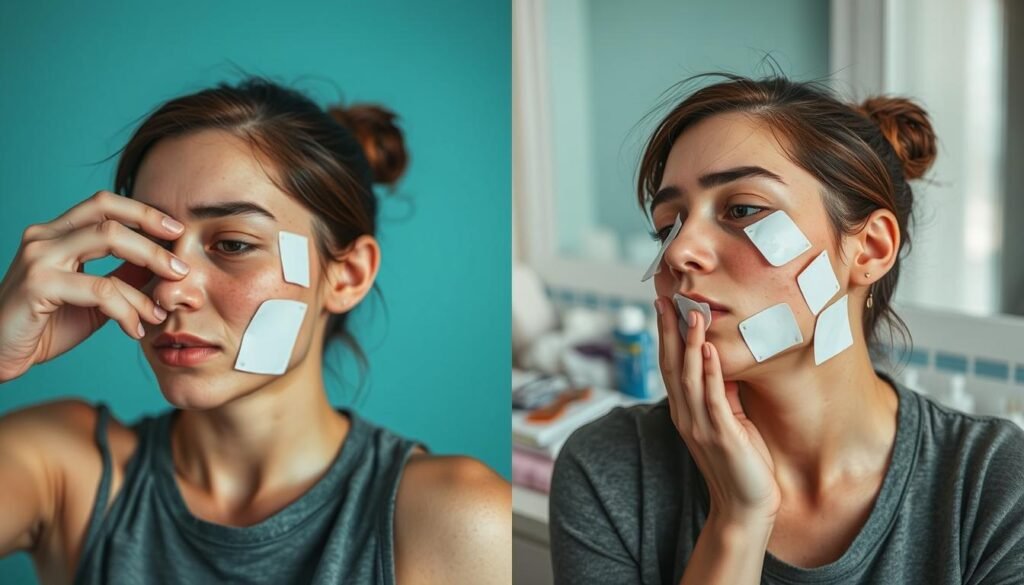
Acne patches are a big help in my skincare routine. But, it’s important to use them right to get the best results. Some common mistakes include not washing your face and hands before applying, picking the wrong size patch, and leaving it on too long5.
Before applying, I always wash my face and hands well. This stops dirt or bacteria from getting trapped under the patch. Hydrocolloid, found in many patches, absorbs sebum and dirt5. So, starting clean is key for the best results.
Choosing the right size patch is also crucial. COSRX Acne Pimple Master Patch comes in three sizes for different blemishes5. I find that a patch that covers the whole blemish helps protect it and speeds healing.
It might be tempting to leave a patch on for a long time. But, wearing it for more than 10 hours can irritate your skin. Patches should be on for 6-8 hours5. When removing, use clean hands to avoid new germs.
Be careful of the ingredients in your patches, especially if your skin is sensitive. Some patches have salicylic acid, which can treat breakouts but might irritate dry or sensitive skin65. I choose patches with aloe vera or hyaluronic acid for healing and scar prevention without irritation5.
Knowing these common mistakes and following the instructions helps me use acne patches effectively. This way, I get clearer, healthier-looking skin with each use.
When Should I Use Acne Patch and How to Apply Them
Knowing when and how to apply acne patches is key for the best results. Acne patches, or pimple patches, target breakouts. They cover the area, absorb fluid, and fight acne7.
The Best Time to Use Acne Patches
Use acne patches when you see whiteheads or pimples that have come to a head. Hydrocolloid pads are great for these pimples7. Apply them when pus is visible8.
For early zits, use microdart patches or those with salicylic acid or tea tree oil9. Leave the patches on for up to 24 hours or until they turn opaque8. This makes them perfect for overnight use. For daytime, choose thin, matte patches that hide under makeup.
Tips for Applying Acne Patches Effectively
To get the most from your acne patches, follow these tips:
- Cleanse your face and hands well before applying for better stickiness and pus-absorbing power.
- Pick the right patch size for the whole lesion for best coverage and protection.
- Apply patches on dry skin first in your skincare routine for better adhesion.
- Leave them on for 4-24 hours, depending on the patch type and pimple severity9.
- Avoid patches on open wounds or severe cystic acne, as they might not work7.
Acne patches are great for surface pimples but might not stop future breakouts or severe acne7. For serious acne, see a dermatologist for a full treatment plan, including patches.
By knowing when and how to use acne patches, you can control breakouts. Wake up to clearer skin. Add these tips to your overnight acne treatment routine for better pimple care.
Choosing the Best Acne Patches for Your Skin
When looking for the best acne patches, it’s key to check the ingredients. Acne patches have been used since the 1700s, especially by wealthy Parisians10. Today, they come with ingredients like tea tree oil or salicylic acid10.
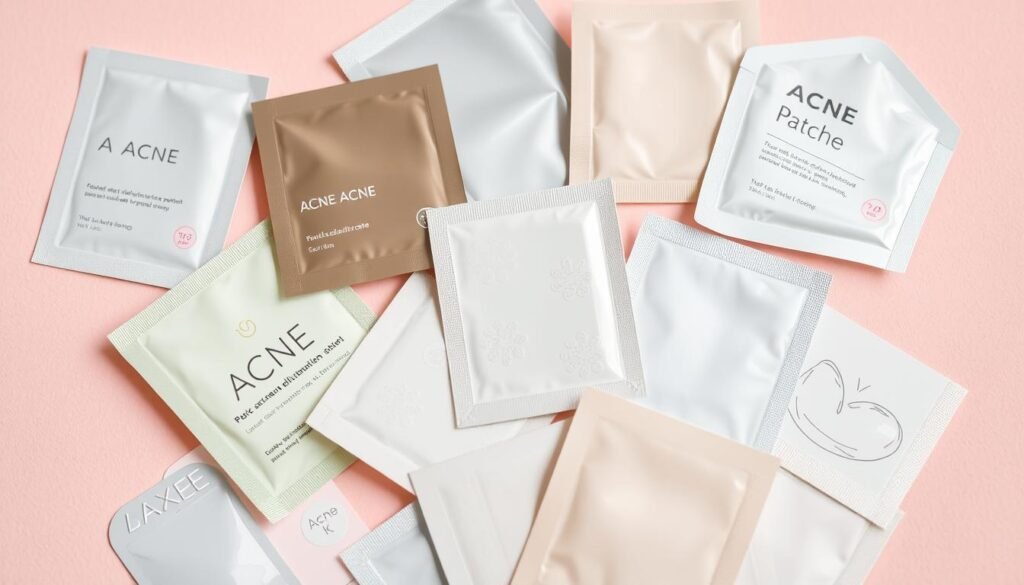
Key Ingredients to Look for in Acne Patches
Look for hydrocolloid in acne patches for wound protection and scar prevention11. Some patches have salicylic acid to fight breakouts. Others include aloe vera, retinol, tea tree oil, and hyaluronic acid for soothing11.
Pimple patches with salicylic acid treat pimples by penetrating pores10. Hydrocolloid patches are good for healing after popping pimples10.
Acne patches are mainly hydrocolloid or non-hydrocolloid10. Hydrocolloid patches absorb oil and dirt, helping with healing11. But, they don’t work on blackheads10. Salicylic acid patches help shrink pimples and heal faster10.
Top-Rated Acne Patches on the Market
The COSRX Acne Pimple Master Patch is highly rated. It comes in different sizes for various acne spots11. These patches are great for inflammatory pimples to prevent scarring11. Prices range from $25 to $4510.
| Acne Patch | Key Ingredients | Benefits |
|---|---|---|
| COSRX Acne Pimple Master Patch | Hydrocolloid | Absorbs excess oil and dirt, traps moisture, offers different sizes |
| Peace Out Acne Healing Dots | Hydrocolloid, Salicylic Acid, Aloe Vera Extract | Reduces inflammation, promotes healing, prevents scarring |
| Hero Cosmetics Mighty Patch Invisible+ | Hydrocolloid, Tapioca Starch | Ultra-thin, nearly invisible, absorbs pus and impurities |
Before using pimple patches, clean your face and hands11. Choose a patch size that covers the whole lesion11. Wear them for up to 24 hours or until they turn opaque11. Pimple patches aren’t a long-term fix10, but they can be used right away10. Some patches are almost invisible10, and you can apply makeup over them10.
Conclusion
Acne patches have changed how we care for our skin. They offer a simple and effective way to fight pimples and get clear skin. By knowing how these patches work, we can pick the right ones for our skin.
These patches use hydrocolloid gel to pull out dirt and oil12. They also have ingredients like salicylic acid, aloe vera, or tea tree oil to help fight acne12. This knowledge helps us choose the best patches for our routines.
To use acne patches right, apply them when your skin is clean and dry13. They work best on small, open pimples. Make sure to leave them on for about 8 hours, usually overnight13.
This helps them work faster and keeps your skin from getting worse. It’s key to pick the right size and follow the time suggested.
Acne patches are a big help for mild breakouts13. But, they might not work for everyone. If you have severe acne, see a dermatologist for better treatments13.
For most of us, acne patches are a great tool. They help us fight the occasional pimple. By knowing what works for us and how to use it, we can enjoy healthier skin.
FAQ
When is the best time to apply acne patches?
How long should I leave acne patches on my skin?
Can I wear acne patches during the day?
What ingredients should I look for when choosing acne patches?
What are some common mistakes to avoid while using acne patches?
Source Links
- Pimple Patch 101: The Do’s and Don’ts of Pimple Patches – https://wishtrend.com/blogs/glam/pimple-patch-101-the-dos-and-donts-of-pimple-patches?srsltid=AfmBOop8YCb4oUTIsxtQLtCYuxSZjlGg4tckjbADVYmMsCuoG5jXMD7Z
- How Often Should You Use Pimple Patches?- tbh Skincare – https://tbhskincare.com/blogs/news/how-often-should-you-use-pimple-patches
- Pimple Patches and What They Offer – American Chemical Society – https://www.acs.org/education/chemmatters/articles/pimple-patches-and-what-they-offer.html
- What Are Hydrocolloid Patches for Pimples? – https://www.webmd.com/skin-problems-and-treatments/acne/what-are-hydrocolloid-patches-for-pimples
- Pimple Patch 101: The Do’s and Don’ts of Pimple Patches – https://wishtrend.com/blogs/glam/pimple-patch-101-the-dos-and-donts-of-pimple-patches?srsltid=AfmBOoqaw3MIbhxgyekFrCdDeryf0J1TWH53b8vnGpgEeH9a6Pq-WMN_
- Using Pimple Patches? Don’t Make The Same Mistake That I Did – https://www.refinery29.com/en-us/pimple-patches-mistakes-issues
- Understanding Pimple Patches: A Comprehensive Guide | BHSkin – https://bhskin.com/blog/understanding-pimple-patches-a-comprehensive-guide/
- Pimple Patch 101: The Do’s and Don’ts of Pimple Patches – https://wishtrend.com/blogs/glam/pimple-patch-101-the-dos-and-donts-of-pimple-patches?srsltid=AfmBOopppl8_LItwpm-V5CBrxGguUBCl2PjKkjvAr7YUQitHziZgmEcr
- Learning How to Use Pimple Patches Made My Breakouts Heal Faster—So I’m Spreading the Word – https://www.byrdie.com/how-to-use-pimple-patches-7101116
- Acne Patches: Dr. Pimple Popper’s Guide – https://slmdskincare.com/blogs/learn/acne-patches-dr-pimple-poppers-guide?srsltid=AfmBOoqqu6lvWW3oGfFcbSHziKCikloXsEPXw4N_3jEaPdujagvblD01
- Pimple Patch 101: The Do’s and Don’ts of Pimple Patches – https://wishtrend.com/blogs/glam/pimple-patch-101-the-dos-and-donts-of-pimple-patches?srsltid=AfmBOopOGr8x1SvluRQX91hHwbNQrEf47HKOiztbaCkIZ7IoOvPEGk8d
- Pimple Patch 101: The Do’s and Don’ts of Pimple Patches – https://wishtrend.com/blogs/glam/pimple-patch-101-the-dos-and-donts-of-pimple-patches?srsltid=AfmBOooaV5LVifLFJND1O-n82nYOuqBgLHiV7tATYgF8o5DYMJIxLAyF
- What Are Acne Patches And How To Use Them – Strut Blog – https://www.struthealth.com/blog/what-are-acne-patches-and-how-to-use-them



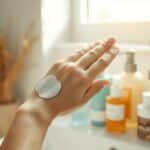
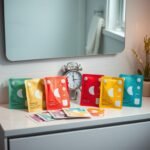

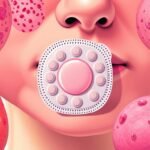

Interesting read! But do we really need acne patches? Isnt good old-fashioned healthy diet and hydration enough for clear skin?
Why not just let acne be? Isnt it a natural skin process? Maybe were overcomplicating skincare with these patches. Just a thought!